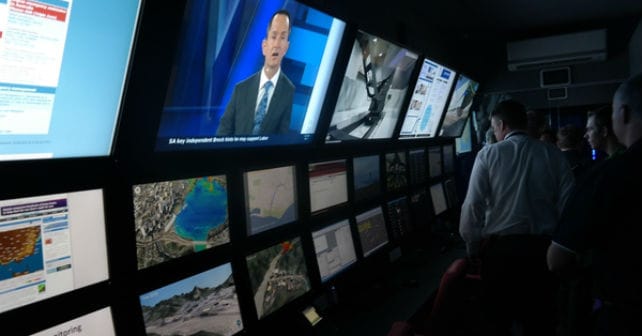Top 10 myths of cleaner, greener transport
 The accelerating quest for low-carbon ways of getting from here to there is generating some misleading myths along the way, according to British researchers.
The accelerating quest for low-carbon ways of getting from here to there is generating some misleading myths along the way, according to British researchers.
The team of researchers from the University of Oxford tackle those myths in a new study, “Future of Mobility Roadmap: Ways to Reduce Emissions While Keeping Mobile.”
So what aren’t we getting right in our efforts to cut carbon emissions while still being able to drive, fly and travel by ship or rail? Here are some of our mistaken beliefs:
- Myth: “Diesel cars are highly polluting.” On the contrary, the Oxford team says. “Today’s diesel cars meet the most stringent requirements created by the California Air Resources Board.”
- Myth: “We should just use fuel cells.” There are just too many obstacles — technological, economic and resource-related — to building a mass-market hydrogen-powered transportation system, the researchers say. “As well as the problems with the hydrogen economy, there are also not enough raw materials available to replace all internal combustion engines with fuel cells.”
- Myth: “Electric vehicles are zero-emission.” “They are in operations but not in construction and charging.” Until electric-car-makers get all their materials and assemble their products using nothing but renewable energy, and the outlet you plug your car into at night draws its electricity from wind, solar or nuclear instead of coal, electric cars can’t really be called “zero-emission.”
- Myth: “Corn ethanol is an environmentally-friendly fuel.” Think that myth has already pretty much been shattered: “Depending on the carbon emissions from land-use change, corn ethanol could produce up to twice the carbon cost of conventional petrol.”
- Myth: “Biofuels compete with food sources.” Second-generation biofuels don’t rely on corn or soybeans; rather, they’re made from a variety of non-food sources, including perennial grasses, crop and forestry residues, municipal solid waste, jatropha and algae. Combined, all these “have the capability to meet our needs,” the Oxford study states.
- Myth: “Biofuels will save the day.” Not today, anyway. “Currently, they cannot replace crude-oil-derived fuels due to limited land suitable for production.”
- Myth: “Policy X is the only solution.” When it comes to curbing carbon dioxide emissions, we’re going to need serious strategies in more than one area, the research team says. “There is no ‘silver bullet’ for climate change; as with technology, a mix of top-down, bottom-up, and market-based measures are required.”
- Myth: “CO2 is the only GHG of concern.” GHGs, or greenhouse gases, come in more than one flavour, and some — such as methane — pack a far more powerful climate punch than carbon dioxide. “Due to aviation’s unique operating altitude, even water vapour can be detrimental to the environment,” the “Future of Mobility” report states.
- Myth: “We can do without aviation.” Not if you don’t want the global economy to suffer even more than it already has, the Oxford researchers say: “4.5% of global economic output can be attributed to the civil air transport sector of aviation. Can we do without $3.5 trillion, the approximate GDP of India?”
- Myth: “We’ll all be flying around in nuclear powered aircraft.” A five-tonne reactor might be feasible in an airplane, but not with the additional requirement of almost 50 tonnes of shielding, the report states. “Whilst serious studies have and are being undertaken, nuclear power is unlikley to be ever anything more that a ground based power generation system.”




